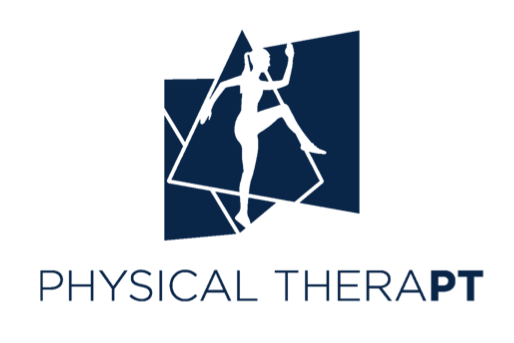While both are casually referred to as “trainers”, personal trainer and athletic trainers are two very different roles. Personal trainers generally work in gyms and health clubs, helping the general public improve their level of fitness; Athletic trainers are most often found at colleges, hospitals, clinics and with professional sporting or performance organizations, helping patients or athletes recuperate from injuries and safely continue to participate in sports and physically demanding professions. Below, we’ll dive into the two professions in greater detail:
Personal Trainers
Personal trainers evaluate a person’s fitness level and then design with an exercise program to improve the individual’s health, cardiovascular endurance and body composition. They teach clients how to perform exercises properly, while creating an atmosphere of accountability. Personal trainers with additional credentialing can also education clients on how to live a healthier lifestyle, coaching them on nutrition basics and recovery strategies.
While there is no governing body for personal training, it’s highly recommended to select a personal trainer who has completed a certification program; there are several institutions that offer certifications in personal training, including the American Council on Exercise (ACE) and the National Academy of Sports Medicine (NASM). However, some people may prefer to work with a coach who has learned personal experience in fitness such as a former athlete, rather than someone who has completed a certification program. In any arrangement, it is important to start smart-
Check with your doctor before beginning a new fitness program
Opt for simple movement patterns at low to moderate weights while you are still learning to limit your risk of injury
Stay hydrated and take rest breaks as needed
Stop exercising if you feel dizzy, lightheaded, nauseated, experience chest pain, or have an unexpectedly difficult time breathing
Don’t do anything you’re not comfortable with
Athletic Trainers
Athletic trainers are clinicians who provide injury preventative services, emergency care, clinical diagnosis of injuries, therapeutic intervention and rehabilitation of both injuries and medical conditions. Athletic training is recognized by the American Medical Association (AMA), Health Resources Services Administration (HRSA) and the Department of Health and Human Services (HHS) as an allied health care profession. As a part of the healthcare system, athletic trainers work under the direction of a physician, and work collaboratively with physical therapists, massage therapists, and chiropractors. As part of an athletic department, they partner with the coaching and strength and conditioning staff, as well as nutrition and sport psychology teams to promote the overall health of the athlete.
Athletic trainers undergo rigorous academic and clinical training, supervised by the Commission on Accreditation of Athletic Training Education (CAATE). The current minimum entry point into the profession of athletic training is at the master’s level. Upon completion of a CAATE-accredited athletic training education program, students become eligible for national certification by successfully completing the Board of Certification, Inc. (BOC) examination. Once certified, athletic trainers are required to complete several hours of continuing education every year in an effort to ensure all professions remain current on the latest recommendations within sports medicine.
Comprehensive Care
There’s not a lot of crossover between the two occupations. This isn’t to say the roles can’t go hand in hand. After working with an athletic trainer to rehabilitate a sprained ankle, for example, an athlete may choose to enlist the help of a personal trainer to return his strength and endurance to the levels they were before the injury.
Physical TheraPT is a multi-faceted clinic, centered on patient success. By placing the individual at the hub of the system, instead of siloing by speciality, we’re able to streamline a truly comprehensive recovery. Our athletes are able to seamlessly work with the professionals they need- physical therapists, athletic trainers, massage therapists, and strength coaches- all in one place. Our athletic trainer offers:
Urgent Injury Assessment: Streamline your recovery by seeing an athletic trainer first. With extensive orthopedic education, athletic trainers are able to quickly determine the severity of an injury, determine next-steps and make referrals to local physicians, and provide you with home care instructions
Rehab: Apply the same proven approaches used with elite athletes to your unique situation and goals. Our expertise includes post-operative rehab, as well as rehab for both chronic and acute injuries and conditions.
Return-to-Play Training: We offer evidence-based programs, utilizing technology like force plates, dynamometer testing, blood flow restriction training (BFR), biofeedback and motion analysis to formulate your plan. Following a comprehensive evaluation, we can problem-solve with you to optimize your movement potential.
Injury Prevention: By using similar tools as detailed above, we are able to assess athletes and individuals before an injury occurs. Underlying movement compensations and imbalances are often evident even in healthy athletes. By prescribing corrective exercise strategies, and customized strength and conditioning programming, these vulernabilities can be targeted.
To learn more, check out these resources:





